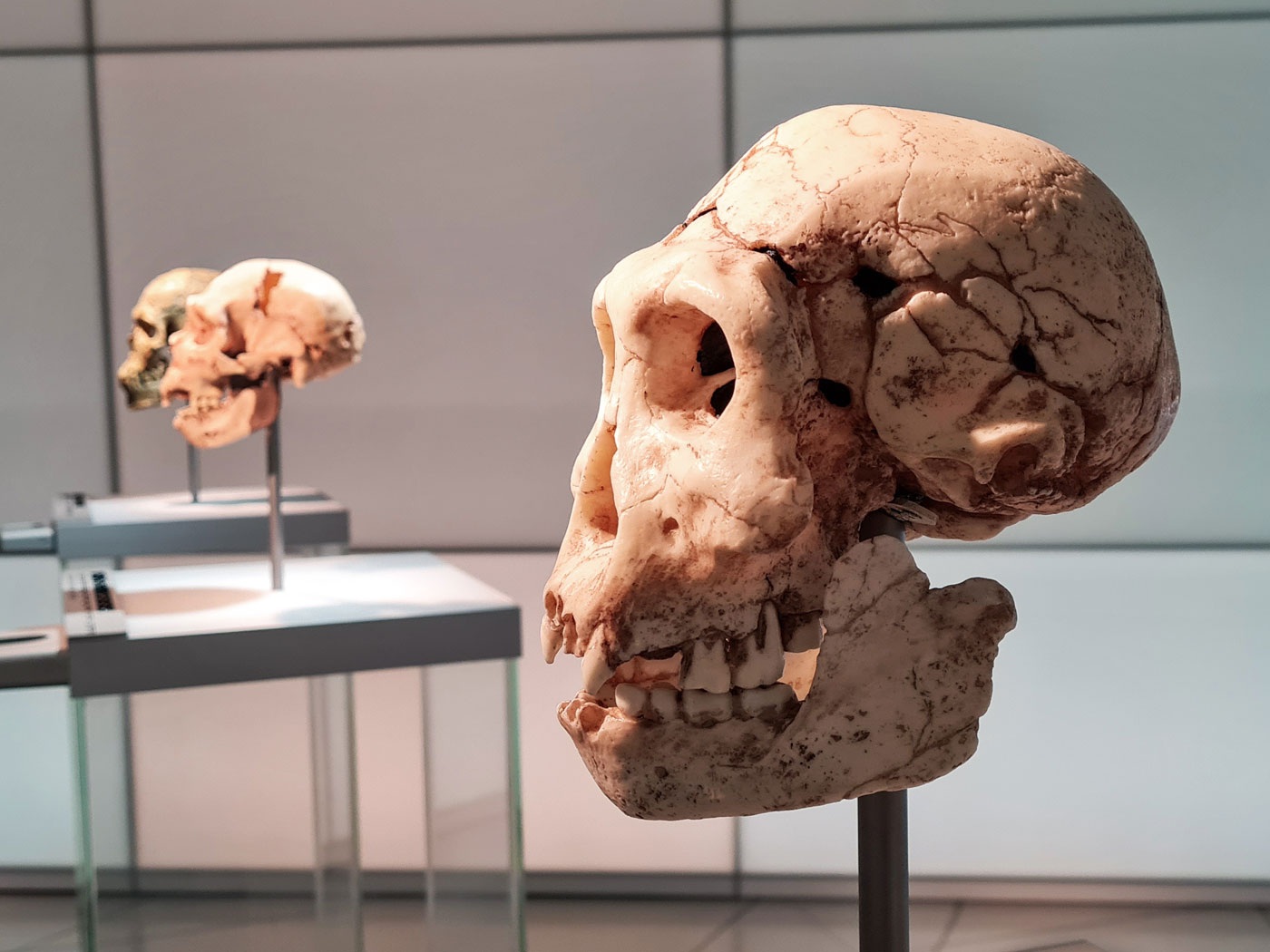Evolutionists have long claimed that human chromosomes were infected with many different viruses over millions of years, which then multiplied in the genome. Then, as some of these sections of virus-like DNA were shown to be functional, evolutionists claimed they had become "tamed" like the domestication of wild animals. When virus-like DNA were first discovered, it was thought the majority of them would prove to be junk—until now.
DNA sequences called endogenous retroviruses (ERVs) are abundant in mammalian genomes. The ERV sequences initially got their name because they showed strong sequence similarity to known viruses. Then evolutionists proclaimed the animal genomes evolved to their present state, in part by repeated infection with viruses initially deemed part of an organism's "junk" DNA.
As research on ERVs progressed, it became apparent that many of these genomic features are not junk, but important for the mammal's survival, such as placental development.1 Many other ERVs were found to be specifically regulated by cell type.2 These ERVs contain special sequences that act like genetic switches in the genome by binding regulatory proteins (transcription factors) that control genes.2
Now a new study shows many other ERVs across the genome play key roles in controlling immune responses, another important process necessary for the survival of mammals.3 More specifically, this new research shows that ERVs regulate genes that produce pro-inflammatory signaling molecules released upon infection. This crucial system is called the innate immune response and genes regulated by ERVs associated with this biological network are called innate immunity factors. When ERV elements associated with these genes were inactivated in the laboratory, the production of innate immunity factors stopped—a simple but elegant experiment unequivocally demonstrating functionality. Obviously a mammal would get sick and have difficulty surviving without ERVs regulating their genome.
In a recent article, I go into more detail about ERVs and why the evolutionary story is completely backwards when it comes to explaining their presence in the genome.4 In brief, these elements are clearly part of the original created genomic blueprint for each creature and not the result of numerous viral infestations over eons of time. As I and several other creationist researchers have proposed, it's far more likely that ERVs were part of God's original genomic blueprint for different kinds of animals and humans, and that external viral genomes were derived from human and animal ERVs only after God cursed the creation for man's sin. This began a process of degeneration and corruption, yet His amazing handiwork is still seen in fully functional genomes.
References
- Lavialle, C. et al. 2013. Paleovirology of 'syncytins', retroviral env genes exapted for a role in placentation. Philosophical Transactions of the Royal Society B. 368 (1626): 2012.0507.
- Pavlicev, M. et al. 2015. Detecting endogenous retrovirus-driven tissue-specific gene transcription. Genome Biology and Evolution. 7 (4): 1082-1097.
- Chuong, E. B., N. C. Elde, and C. Feschotte. 2016. Regulatory evolution of innate immunity through co-option of endogenous retroviruses. Science. 351 (6277): 1083-1087.
- Tomkins, J. P. 2015. Viral Genome Junk Is Bunk. Acts & Facts. 44 (4): 12.
*Dr. Tomkins is Director of Life Sciences at the Institute for Creation Research and received his Ph.D. in genetics from Clemson University.
Article posted on April 4, 2016.

























